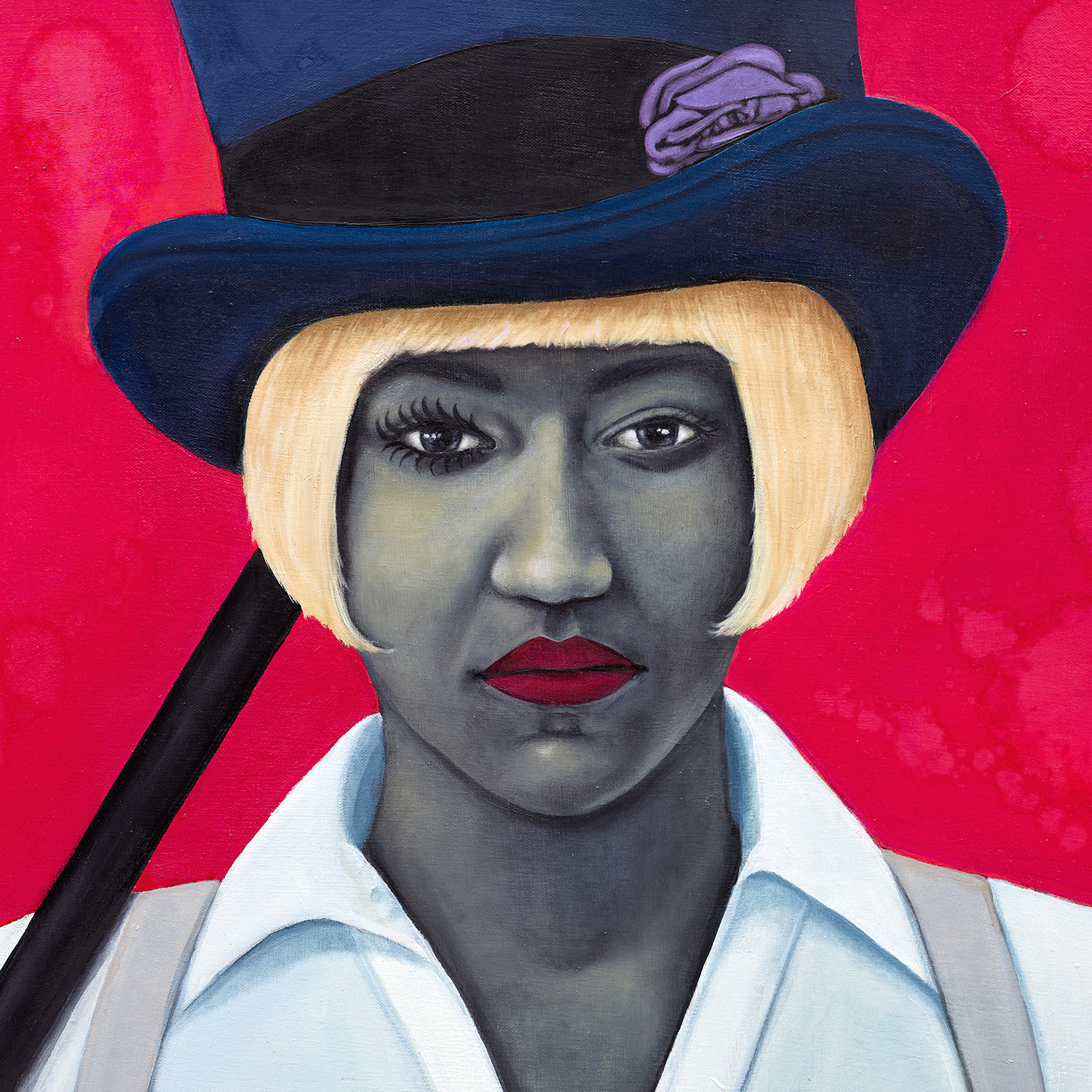





23
Amy Sherald
Madame Noire
Further Details
Full-Cataloguing
Amy Sherald
AmericanAmy Sherald reflects on the contemporary African American experiences through her arresting and unearthly paintings. Her grisaille portraits call to the surface unexpected narratives and unfamiliar experiences of the every day, encouraging viewers to reconsider contemporary portrayals and accepted notions of race, representation, and the Black American experience.
Sherald’s paintings are at once vivid and unassuming, offering silent, unflinching meditations on contemporary lived experience. She renders her sitters in a grisaille tone to disarm preconceived notions and misconceptions of Black identity. Vibrant, mute, and surreal in the ordinariness they portray, her work offers the viewer silence for placid and direct reflection. Sherald’s work has been widely acclaimed as the artist was the first woman and the first African American to win the prestigious Outwin Boochever Portrait Competition from the National Gallery of Art in Washington, D.C., and in 2019, the museum unveiled her official portrait of First Lady Michele Obama. Sherald’s work has been shown in solo exhibitions at the Contemporary Art Museum Saint Louis; the Crystal Bridges Museum of American Art in Bentonville, AR; and the Spelman College Museum of Fine Art in Atlanta, GA.